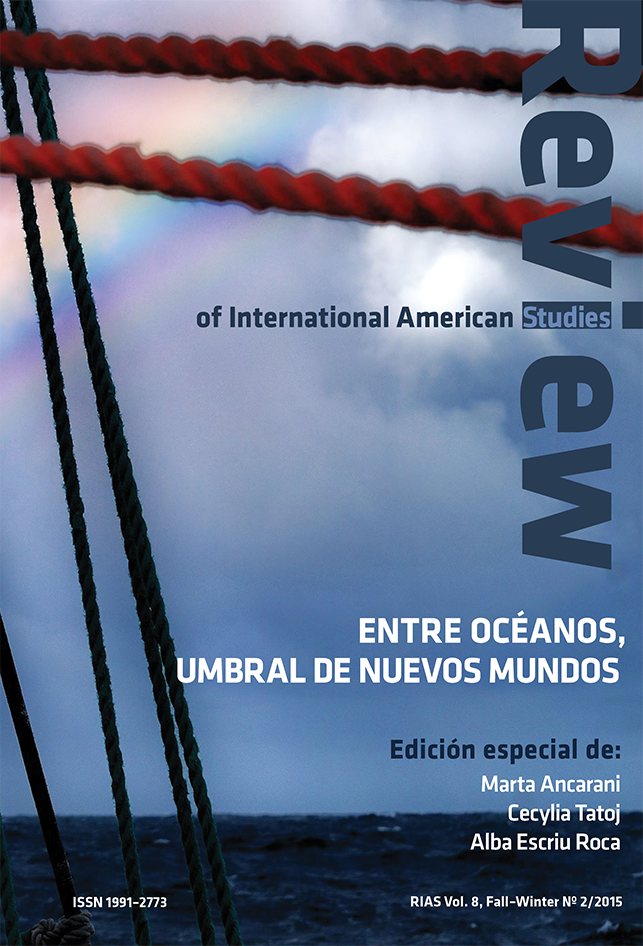

Nuestra Tierra es extraordinaria. El cielo y los mares que la arropan nos hacen precipitar suspiros de complacencia; quien pueda detener su mirada sobre ellos, podrá percibir las extravagantes figuras y los sutiles colores que los engalanan. La fascinación que nos producen se manifiesta de distintas maneras. Puede ser expresada en poemas que imprimen en nuestra mente y en nuestro corazon la inmensidad de la bóveda celesta, o el vaivén y el misterio del mar, tal como lo describiera con magistrales trazos el poeta Ramón López Velarde. Así nos lo hace saborear Luis Juan Solís Carrillo en su relevante análisis ‘Elementos marinos en Ramón López Velarde: un poeta que no conoció el mar’.
Las nuevas geografías que descubrimos asombran, deslumbran. Provocan. Abren expectativas inconmensurables, como las que irrumpieron en la mente del primer Almirante que llegó al Nuevo continente, y en la de quienes, en el tiempo, recrearon con nuevas palabras aquellas ilusiones y visiones. Todavía hoy, se las retoman con esmeradas observaciones que seducen nuestro intelecto, como las que Fabián Mossello apunta en ‘La novela histórica hispanoamericana y la reescritura de la historia. Navegantes, historia y escrituras en Vigilia del Almirante de Augusto Roa Bastos’.
Los océanos que bañan el perfil de nuestros continentes se imponen como impulso soberbio que influye en la vida de nuestro planeta. No debería, pues, sorprendernos que la unión de las fuerzas colosales del Pacífico y del Atlántico por la mediación del Canal de Panamá, provocara grandes cambios en el desarrollo político y económico en las más variadas latitudes. Y son, precisamente, las decisiones de los políticos y los economistas las que afectan el desarrollo de nuestras vidas y de nuestro trabajo en la tierra, en el aire y en el mismo mar. Alfredo Salazar López, en su ‘Precarización del trabajo marítimo: Caso de México (1980–2006)’, y Carlos Gabriel Argüelles Arredondo, en ‘El Canal de Panamá en el desarrollo marítimo de las Américas’, revelan detalladas investigaciones sobre algunas de las consecuencias de la construcción de tan magna obra de arquitectura.
Marta Ancarani
Cecylia Tatoj
Alba Escriu Roca
Download files
Citation rules

Vol. 8 No. 2 (2015)
Published: 2015-12-13
 10.31261/RIAS
10.31261/RIAS